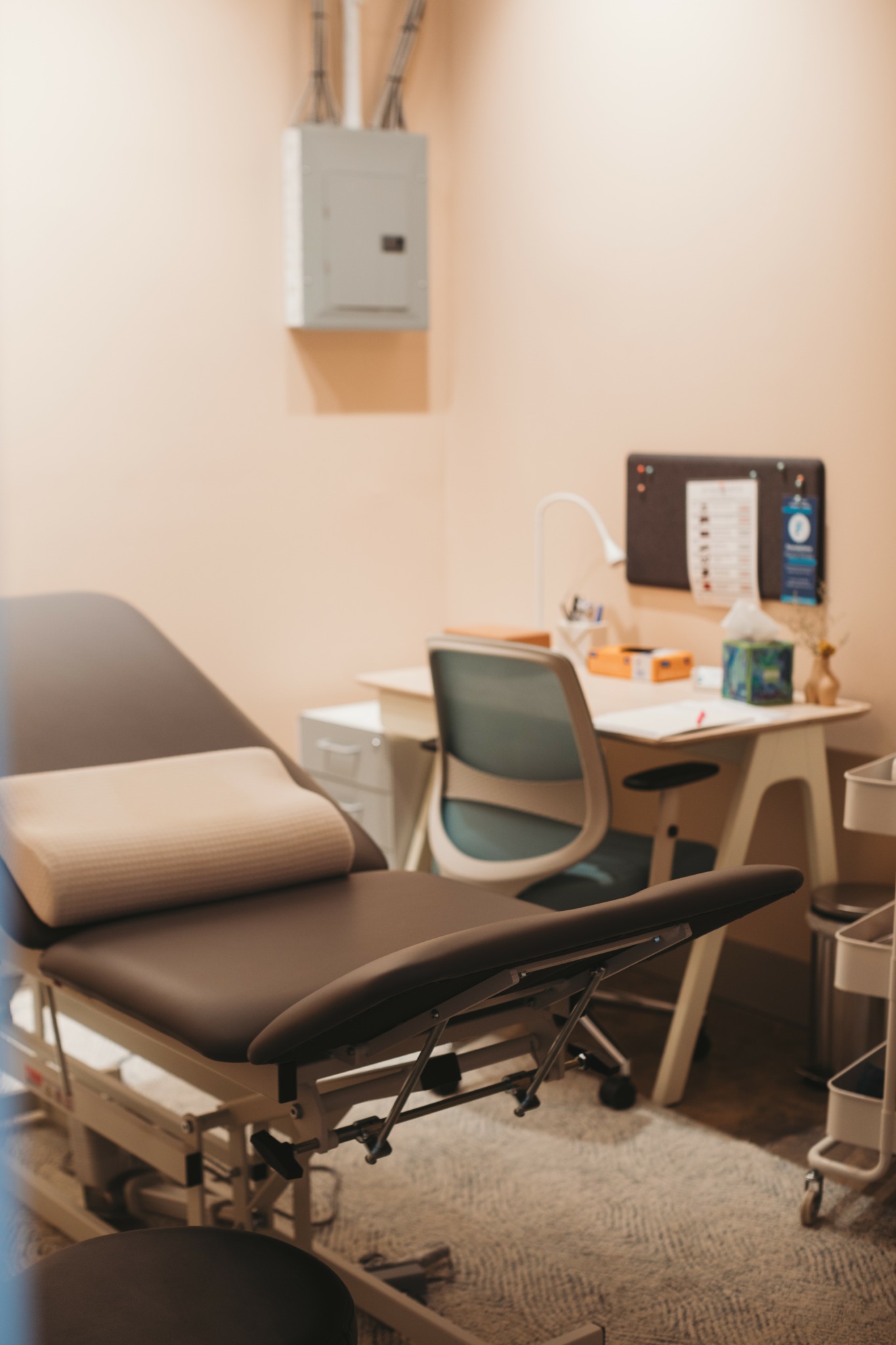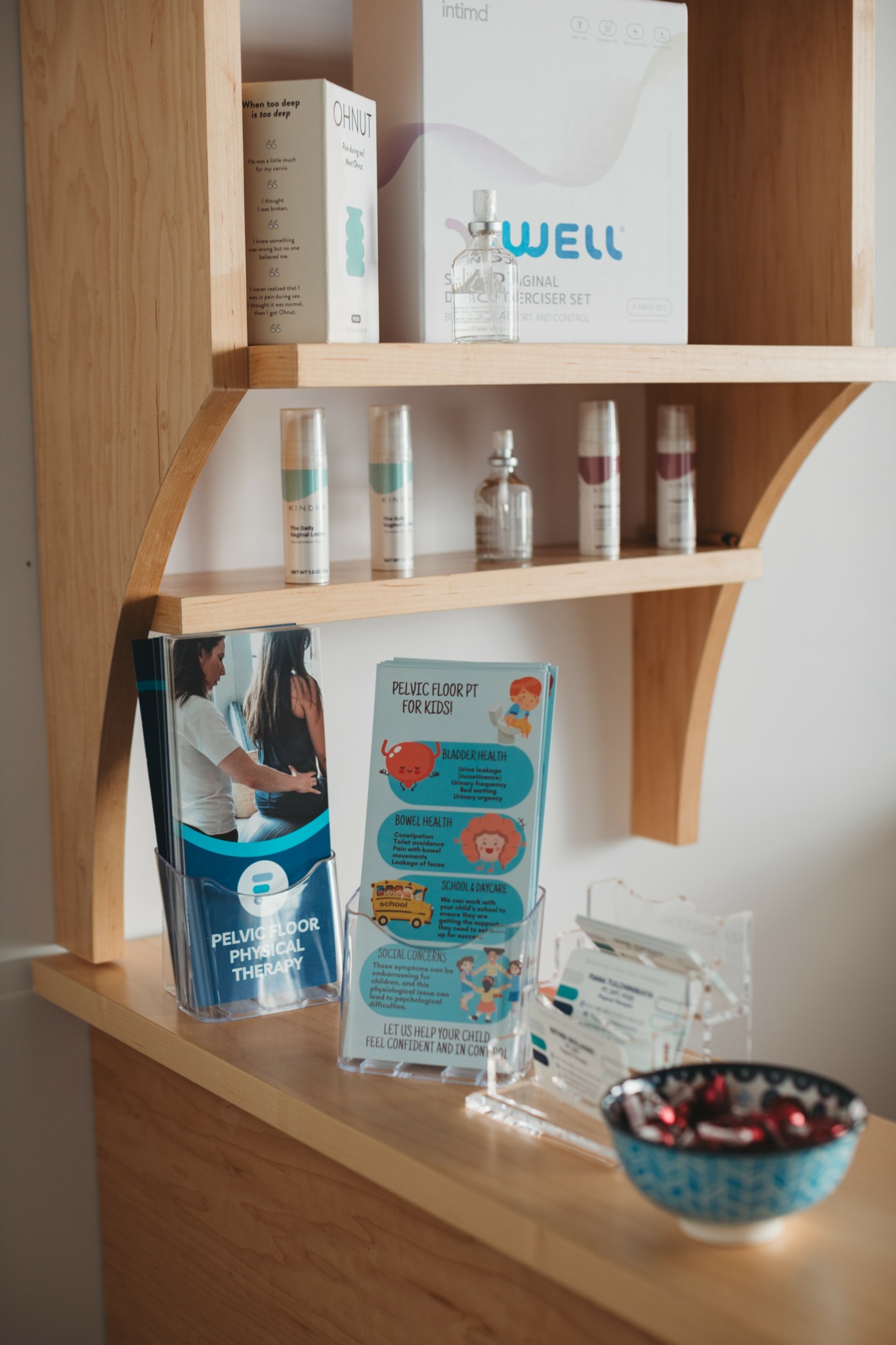We were lucky to catch up with Ronit Sukenick recently and have shared our conversation below.
Alright, Ronit thanks for taking the time to share your stories and insights with us today. Was there a moment in your career that meaningfully altered your trajectory? If so, we’d love to hear the backstory.
I began my career as a physical therapist in a major New York hospital and was initially interested in patients with neurological disorders and diagnoses. That was until I became pregnant. During the last 3 months of my first pregnancy I started having excruciating pain that made me practically immobile and disabled. I could barely walk, roll in bed, or get up form a chair without excruciating pain and I was told by my doctor that I had most likely disrupted my pubic symphysis (the joint in the front of the pelvis) and was provided a prescription for Percocet that I refrained from filling. Nobody in the world renowned medical institution I was working in and receiving care from could answer any of my questions or had any way to relieve my pain. I spent the remainder of my pregnancy and the first few months of year postpartum disabled and miserable as well as terrified that I would never get better or that I couldn’t have another child because of this injury. In one of the mommy-and me-support groups I attended, someone suggested I make an appointment with a pelvic floor physical therapist at a local hospital. I couldn’t believe that I had barely heard about this specialty even as a physical therapist myself or that I had never even thought about seeing a physical therapist because I had never learned anything about this area of the body in all my training. I made an appointment after spelling out the prescription word for word to my ObGyn who also didn’t seem to know about pelvic floor PT. The day of my initial evaluation I sat in the waiting room and distinctly remember telling myself that my career treating patients post-stroke or with multiple sclerosis was over and I was going to learn everything I could about pelvic floor physical therapy. I realized that if I had not heard about this specialty and all the things a pelvic floor PT could help with, despite working in a hospital and being a licensed physical therapist, that very few people were aware of it, and I was right. This was 17 years ago, and over the past, almost 2 decades, pelvic floor physical therapy has become more well known (or at least my social media feed is all about pelvic floors all day long) but there is still a long way to go to bring all the benefits of pelvic floor PT to everyone with a pelvis.


As always, we appreciate you sharing your insights and we’ve got a few more questions for you, but before we get to all of that can you take a minute to introduce yourself and give our readers some of your back background and context?
As a pelvic floor physical therapists at Foundations Physical Therapy, we provide physical therapy rehabilitation services to patients of all genders and ages who may be experiencing any number of pelvic floor dysfunction related diagnoses. This includes patients with any type of bowel, bladder, and/or sexual dysfunction as well as any type of pain that is located anywhere from the belly button to the mid thigh. We treat patients with constipation, urinary or fecal incontinence, difficulties with urination such as frequency, urgency or urinary retention, sexual dysfunction such as painful sexual intercourse and/or erectile dysfunction, urogenital prolapses and so much more. We rehabilitate patients from pregnancy and childbirth as well as prepare patients for childbirth by teaching them how to push, a skill you may think is intuitive but can actually be taught to be more effective. We treat patients with endometriosis, prostatitis, interstitial cystitis and irritable bowel syndrome, diagnoses that you may not be aware have a large musculoskeletal component. We teach patients how to have a bowel movement, how to exercise for osteoporosis prevention, and how to get stronger when their abdominal muscles have been separated from pregnancy. We help patients rehabilitate after any kind of urogenital cancer surgery or treatment such as prostate cancer or colorectal cancer. We work hand in hand with your other providers whether it’s your surgeon or your acupuncturist to optimize your function and recovery. We use all kinds of different techniques to help you achieve your goals and we work both externally and, if you are comfortable, internally either vaginally and/or rectally depending on what your symptoms are. We use biofeedback to help you learn how to use muscles you can’t see so you can get a handle on using them effectively. We absolutely love what we do. We see our patients one-on-one for an hour at a time and we get to know you and your problems extremely well. We ask you questions no one has ever asked you about your bathroom habits and sexual function so that we can get to the bottom of what is going on and help you feel better as soon as possible. We are dedicated to excellence in our clinic and are obsessed with what we do and in continuing to learn more and more about the pelvic floor and all the functions that it supports.


Learning and unlearning are both critical parts of growth – can you share a story of a time when you had to unlearn a lesson?
My brother and mother are both physicians whose education and dedication I respect immensely. I watched my mother redo her residency and study for all her board exams when we immigrated to America and I used to read her medical journals for fun in our living room. When I started my career as a physical therapist in a hospital setting, I brought a lot of my understanding about medicine and health that I had from my family into my practice and it served me well in that setting – medication and surgery cures a lot of things. But where it became problematic was when dealing with problems that are not so black and white. For example, pain and particularly chronic pain is not something you can get out of simply with a pill or surgery (although sometimes they can help). When I had chronic pain after my birth injury I had to learn a new way of understanding healing and understanding pain and it was a huge education for me to get out of chronic pain myself.


Any stories or insights that might help us understand how you’ve built such a strong reputation?
I think of the time I went to see a pelvic floor physical therapist myself for the first time and how earth shattering the experience was for me. I was telling someone about my symptoms for the 5th or 6th time at that point after trying to explain it to my doctors, my family and friends and typically being met with blank stares. For the first time the health provider looking back at me didn’t look at me like I had multiple heads and was insane and instead nodded gently and then explained to me what was happening. That validation and understanding that she gave me was so relieving and for the first time I felt some hope that I could get better and I think I give that to a lot of my patients. I think what has honestly helped me the most has been all my own pelvic floor issues – not only did I have the pubic symphysis separation but I have a whole other host of issues that probably put me at risk for the pubic symphysis separation in the first place so I have had to get myself out of pain, fix my own urinary incontinence, teach myself how to have a bowel movement properly, and had to manage my own painful sexual intercourse and chronic pain. So when I am teaching you how to do these things I can really explain how it feels and what to do because I have had to teach it to myself. I teach my therapists from my own experience so they can understand how to explain and teach things even if they haven’t experienced the problem on their own. And I can deeply empathize with my patients in pain or frustrated by their symptoms because I have been there. That and my honest, no nonsense, straight forward nature, obsession with integrity, and good sense of humor seems to be appreciated by my patients and my PTs.
Contact Info:
- Website: https://www.foundations-pt.com
- Instagram: @foundationsnypt


Image Credits
Arielle Joffe Photography


